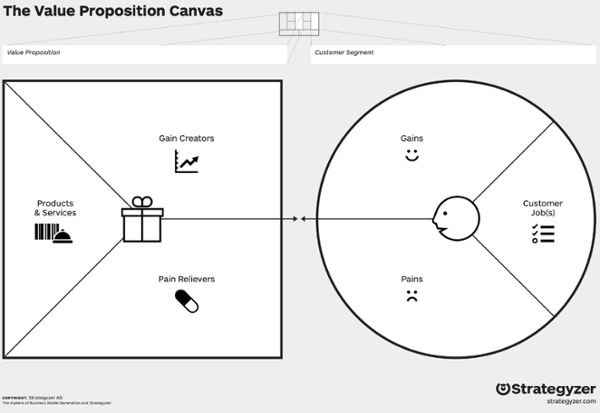There’s an old saying: “In business there are two types of problems: finding customers and everything else.” In a recent survey by CBInsights of over 100 startups that failed to secure follow-on funding, the #1 reason respondents cited as the reason for their company’s failure was “No Market Need”. No matter how creative, innovative, or cool the startup’s idea is, without customers they’re dead in the water. The “Cane Angel Network (CAN) helps companies overcome these issues, and here we lay out an approach that start-ups can use toward mastering the art of customer discovery.
Who Are Your Customers?
A good place for any entrepreneur to start is by looking at the market they hope to address, a topic the ‘Cane Angel Network has addressed previously here. However, a large market isn’t the only factor an entrepreneur must consider. Identifying the target customer, their needs and pain-points and a solution that addresses these issues are equally, if not more, important. One way to understand this is by creating a customer profile. What pains do the customers feel on a daily basis and how are they addressing these currently? What are the jobs or tasks that your customers must complete on a daily basis and how do they currently accomplish them? The image below is effective for visualizing a customer’s pains and gains and matching them to your product or service, creating effective productive market fit.

Your next step is to engage in what author and serial entrepreneur Steve Blank describes as Customer Discovery. Get out of the building and start talking to some potential customers. What are their issues and pain-points and does the startup’s approach address them? Use tools like customer journey maps, empathy maps, and creative interview techniques like open ended questions to get at the root of their problems. If the business is B2B, try to set up quick and simple interviews with executives in the types of companies with which you want to do business. Insights gleaned from these interviews on how customers currently solve their problems will be invaluable.
Product Validation
Products can be validated in a number of ways, but of course the most reliable indication of good product-market fit is revenue. The idea could be good, bad, or ridiculous, but if customers are paying for it, then the founders got something right. So has the startup generated revenue? Cash is king, and sustainable revenue streams are the best indicator of a good idea and execution. For more on this read our previous blog post Gaining and Retaining Customers – Revenue and Traction Analysis here.
Additionally, you could look to see if anyone is doing similar things in other industries or even in this one. A compelling argument can still be made if the facts are all there. How are customers currently trying to solve the issues mentioned?
Value Proposition to the Customers and Viability
What is valued in the field the startup operates in? After you’ve identified the customers problems, spoken to them, and validated the feasibility of the business model, now it’s time to see if the idea is viable. How important is the solution to your customers, as this will affect how much will are willing to pay for it? Next is to compare this against how much it costs the startup to get them the product or provide them this service. Do the numbers work? What volume of customers do you need for them to work?
The ’Cane Angel Network works with companies to help them address these issues, but only the entrepreneurs can speak to and know their customer. By using these tools and building a good profile of your customer and what problems they are looking to solve, an entrepreneur can improve their chances of gaining the most prized asset of every start-up: a happy customer.
This post was written by Brian Galea and Jeffrey Camp. Mr. Galea is a member of the Cane Angel Network investment team and is pursuing his MBA at UM graduating in 2021. Mr. Camp is the Managing Director of the Cane Angel Network.





